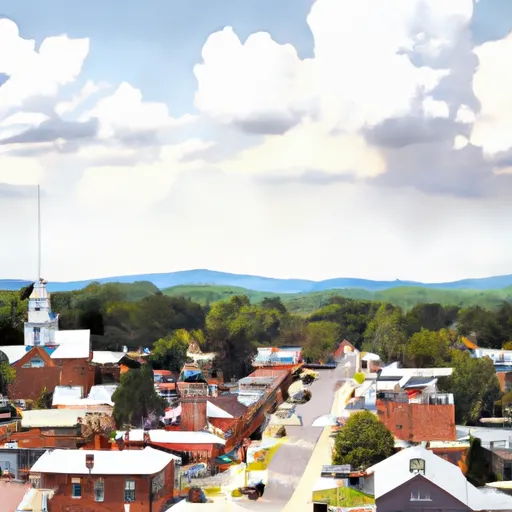°F
°F
mph
Windspeed
%
Humidity











Stewartsville, Virginia is a small community located in Bedford County. The climate in Stewartsville is characterized by warm summers and mild winters. Average high temperatures range from around 85°F (29°C) in the summer months to 45°F (7°C) in the winter, while average lows vary between 65°F (18°C) and 25°F (-4°C) respectively. Precipitation is spread fairly evenly throughout the year, with an average of 40 inches (102 cm) annually.
Stewartsville benefits from its proximity to the Roanoke River, which flows nearby. This hydrological feature not only enhances the scenic beauty of the area but also provides opportunities for various water activities such as fishing, boating, and kayaking. The river is home to a diverse range of fish species, including smallmouth bass and catfish, attracting anglers throughout the year.
In addition to the river, Stewartsville offers a variety of outdoor recreation opportunities. The nearby Jefferson National Forest provides ample opportunities for hiking, camping, and wildlife viewing. The forest boasts numerous trails that wind through its picturesque landscapes, allowing visitors to explore and appreciate the beauty of nature. Whether engaging in water activities or immersing oneself in the forest's tranquility, Stewartsville offers a range of outdoor pursuits for residents and visitors alike.
Weather Forecast
Stewartsville receives approximately 1090mm of rain per year, with humidity levels near 76% and air temperatures averaging around 14°C. Stewartsville has a plant hardyness factor of 7, meaning plants and agriculture in this region tend to thrive during the non-winter months.
Regional Streamflow Levels
106
Cubic Feet Per Second
171
Cubic Feet Per Second
80
Cubic Feet Per Second
94
Cubic Feet Per Second
Nearby Camping
| Camping Area | Reservations | Toilets | Showers |
|---|---|---|---|
| Meadow Creek - Lake Sherwood | |||
| West Shore - Lake Sherwood | |||
| Blowing Springs | |||
| Bird Run | |||
| Lake Reidsville Rec Park | |||
| Seneca State Forest |



